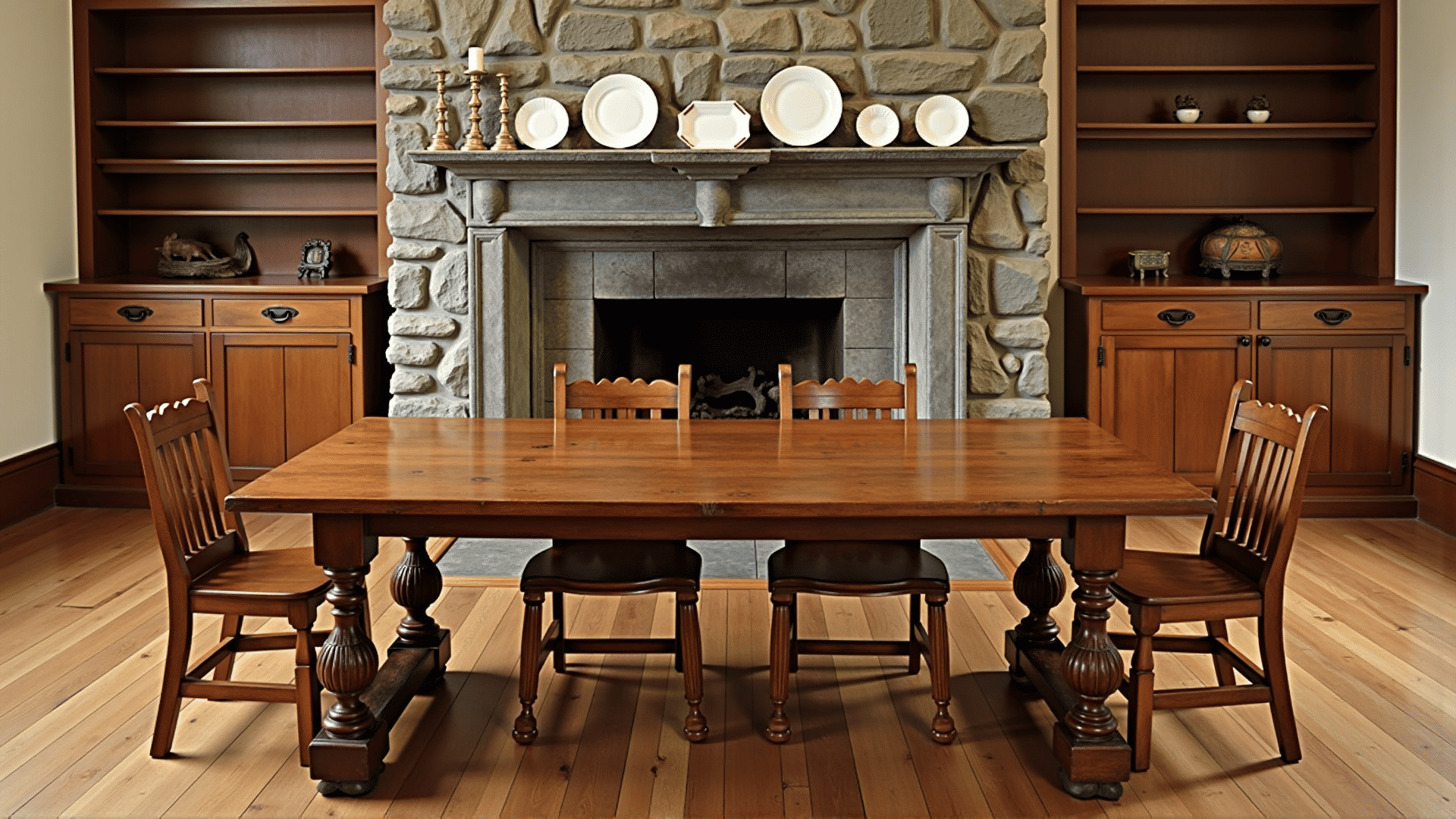The allure of Colonial-era furniture lies in its ability to transport us to a time when craftsmanship and simplicity were paramount. This style, primarily popularized between the late 1600s and the 1700s, reflects the lifestyle and influences of early American settlers combined with the elegance of European design.
Colonial furniture typically features straightforward lines and a focus on functionality. Its creation was driven by the settlers' need to utilize available materials and their yearning for comfort in the stark new world they inhabited. Made from woods such as oak, cherry, walnut, and maple, these pieces demonstrate the settlers' commitment to using durable and accessible resources. The use of these woods not only provided sturdiness but also a natural, warm aesthetic that has retained its appeal through the centuries.
The early American colonists were inspired by several European styles, particularly those from England and France. As a result, Colonial furniture often showcases a mix of influences, merging simplicity with subtle sophistication. For instance, the delicate curves of Queen Anne chairs and the intricate carving on Chippendale pieces embed a touch of European flair within these otherwise pragmatic designs.
One of the distinguishing features of this era is its emphasis on utility. Furniture pieces were designed to accommodate various functions, often with hidden elements that would stretch their usability. For instance, a dining table might include leaves to extend its surface for larger gatherings, while a secretary desk could boast concealed compartments for letters and documents.
The craftsmanship of Colonial furniture is another hallmark of this period. Artisans paid meticulous attention to detail, employing traditional joinery techniques that enhanced both beauty and durability. Hand-hewn edges and dovetail joints reflect their dedication to creating furniture built to last, which is why many of these pieces have survived and are still cherished today.
Beyond their functional attributes, these pieces carry an innate historical charm that tells the stories of the families who used them. Such items often become heirlooms, passed down through generations, each with its own unique patina and tales etched into the wood grain.
Today, Colonial-era furniture continues to captivate enthusiasts of history and design alike. Its ability to blend form and function with aesthetic grace makes it a timeless choice for those looking to incorporate a touch of early American heritage into their spaces. Whether as a centerpiece in the dining room or an elegant accent in the living room, these pieces offer a warmth and authenticity that is unmatched by contemporary designs.
In embracing the simplicity and elegance of Colonial furniture, one invites a piece of history into the home—a reminder of a time when every piece was crafted with care and intention, built to withstand the test of time while providing beauty and utility.
